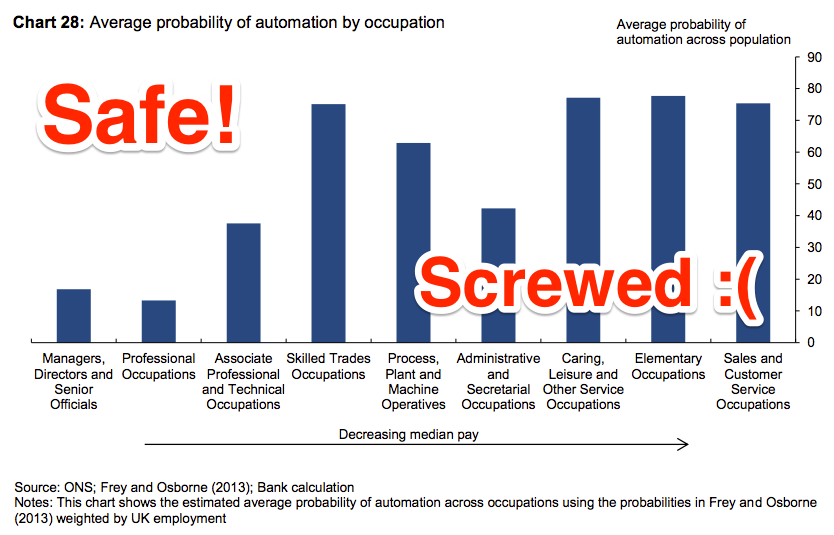While March began to show how the coronavirus, or COVID-19, began to truly impact the economy, things came into even starker perspective in April, based on data in the Institute for Supply Management’s (ISM) Manufacturing Report on Business, which was released today.
The report’s key metric—the PMI—at 41.5 (a reading of 50 or higher indicates growth)—declined 7.6% from March’s 41.5, falling for the second straight month, which was preceded by two months of growth. The April reading was 7.5% below the 12-month average of 49.0 and is also the lowest reading over the last 12 months and the lowest reading going back to April 2009’s 39.9. What’s more, ISM reported that April marked the first month that the overall economy contracted after a stretch of 131 consecutive months of economic expansion.
ISM reported that two of the 18 manufacturing sectors it tracks saw growth in April, including Paper Products; and Food, Beverage & Tobacco Products. And the 15 industries reporting contraction in April, in order, are: Printing & Related Support Activities; Furniture & Related Products; Transportation Equipment; Textile Mills; Fabricated Metal Products; Nonmetallic Mineral Products; Machinery; Plastics & Rubber Products; Electrical Equipment, Appliances & Components; Petroleum & Coal Products; Wood Products; Miscellaneous Manufacturing; Computer & Electronic Products; Primary Metals; and Chemical Products.
Each of the report’s key metrics saw declines in April.
New orders, which are commonly referred to as the engine that drives manufacturing, saw a steep 15.1% decline, to 27.1 after a 7.6% decline, to 42.2, in March. This marks the third straight month of declines and is the lowest reading for new orders since December 2008’s 25.9. ISM said that two industries—Food, Beverage & Tobacco products and Paper Products—saw growth in April, with the remaining 16 all seeing declines.
Production—at 27.1—was down 20.2%, contracting for the second straight month and is the lowest figure since numeric ISM Report On Business index records were first issued in January 1948, with the 20.2% decrease from March representing the largest one month decline going back to January 1984, when it was down 20.7%. ISM said that two manufacturing sectors—Paper Products and Food, Beverage & Tobacco products—grew in April.
Employment—at 27.5—was down 16.3% compared to March, falling for the ninth consecutive month, and is its lowest reading since June 1949’s 27.2 reading, and represents the largest one-month percentage-point decrease going back to January 1948, when ISM began keeping numeric records. ISM said that each of the top six manufacturing sectors saw employment contraction driven by the furloughs and layoffs, due to a lack of new orders, with social distancing mandates also factoring into the number.
April inventories—at 49.7—headed up 2.8%, while contracting at a slower rate for the 11th consecutive month. The report explained that inventory contraction slowed as was expected, due to supply chain disruptions and the lack of labor to convert material, with 10 manufacturing sectors reporting higher inventory readings in April.
Read more at April manufacturing output feels impact of COVID-19
Share your opinions with us in the comment box. Subscribe to us to get updates.


























